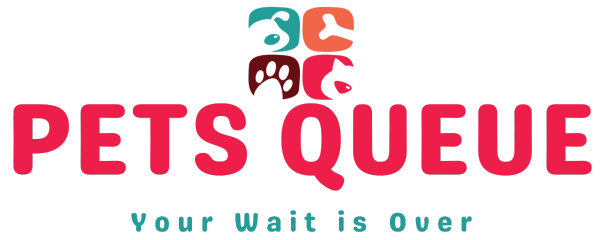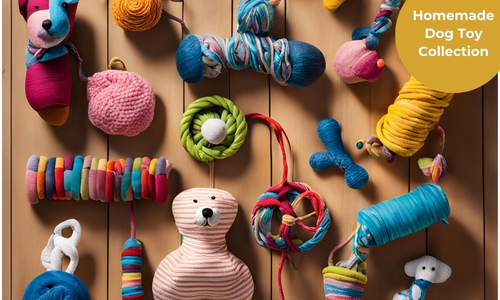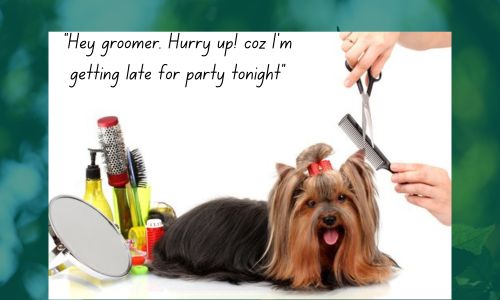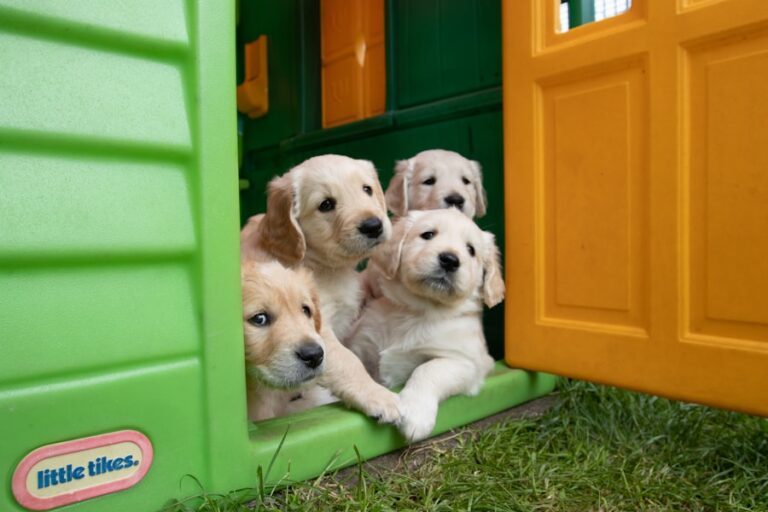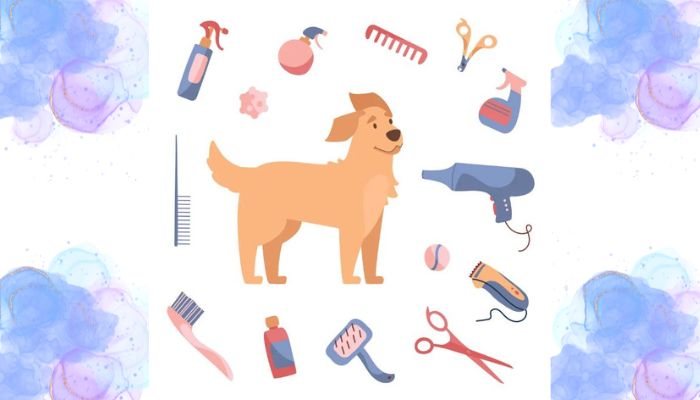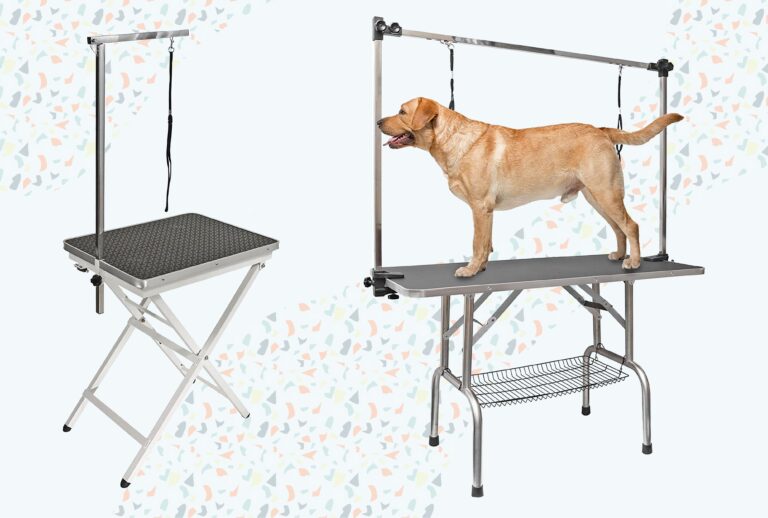Dog Toy Safety: How to Pick the Perfect Playthings for Your Furry Friend
Choosing safe toys for your dog is essential to their health and happiness. Not all dog toys are created equal. Some may be unsafe, leading to choking hazards, broken teeth, or even toxic exposure.
So, how do you ensure the toys you pick are safe? The answer lies in understanding your dog’s needs, materials, and toy design. Let’s explore how to choose the right toys to keep your dog entertained and protected.
Must Read: The Essential Role of Dog Toys in Grooming: How Play Enhances Your Dog’s Health and Grooming Routine
FAQs About Safe Dog Toys
- What are the safest types of dog toys?
- Non-toxic, durable, and size-appropriate toys are the safest.
- Can a toy be too small for my dog?
- Yes, small toys can be swallowed and cause choking or intestinal blockage.
- How often should I inspect my dog’s toys?
- Regularly! Check weekly for wear and tear.
- Are plush toys safe for all dogs?
- No, plush toys are better for gentle chewers, not aggressive ones.
Key Factors for Choosing Safe Dog Toys
1. Consider Your Dog’s Size
A toy must be proportionate to your dog’s size.
| Dog Size | Toy Example | Reason |
|---|---|---|
| Small Dogs | Tennis-ball-sized chew toys | Prevents swallowing or choking. |
| Medium Dogs | Durable rubber toys | Provides the right level of resistance. |
| Large Dogs | Heavy-duty toys | Withstands strong jaws and vigorous play. |
2. Evaluate Your Dog’s Chewing Style
Dogs chew differently. Knowing your pet’s habits helps you select the right toy.
| Chewing Style | Recommended Toy | Avoid |
|---|---|---|
| Gentle Chewers | Plush toys, soft balls | Hard bones or sharp edges. |
| Moderate Chewers | Rubber toys, ropes | Thin plastic or weak materials. |
| Aggressive Chewers | Indestructible toys | Plush, squeaky, or fragile toys. |
3. Choose Non-Toxic Materials
Some toys are made with harmful chemicals. Always look for labels that say:
- BPA-free
- Phthalate-free
- Food-grade or pet-safe materials
4. Avoid Small Parts
Toys with buttons, beads, or other small pieces can be choking hazards. Inspect all toys for loose parts before giving them to your dog.
The Role of Material in Dog Toy Safety
| Material | Safety Level | Pros | Cons |
|---|---|---|---|
| Rubber | High | Durable and flexible. | May smell initially. |
| Nylon | Moderate | Tough for aggressive chewers. | Can splinter if damaged. |
| Plush | Low for strong chewers | Soft and comforting for gentle dogs | Easily torn by aggressive dogs. |
| Rope | High | Good for tug games and dental care. | Frays if overused. |
| Plastic | Low | Lightweight and cheap. | Can splinter and be toxic. |
Statistics: The Risks of Unsafe Toys
- 25% of pet injuries come from unsafe toys, according to a veterinary survey.
- 40% of pet owners have bought toys that were too small for their dog.
- 30% of dog toys on the market contain potentially harmful chemicals.
Examples of Safe Dog Toys
- KONG Classic Rubber Toy
- Great for stuffing with treats.
- Made of durable, non-toxic rubber.
- Benebone Wishbone Chew Toy
- Designed for aggressive chewers.
- Infused with real flavors like bacon.
- Mammoth Flossy Chews Rope
- Helps clean teeth while playing.
- Strong and suitable for tug-of-war.
How to Inspect Toys for Safety
- Check for Cracks or Tears: Replace damaged toys immediately.
- Feel the Edges: Avoid toys with sharp or rough edges.
- Squeeze for Stability: Ensure the toy is firm but not brittle.
Interactive Toys: A Mental Challenge for Dogs
Interactive toys keep dogs engaged and mentally stimulated. Examples include:
- Puzzle Feeders: Require dogs to solve a challenge to get a treat.
- Automatic Ball Launchers: Perfect for active dogs who love to fetch.
These toys are usually safe but should always be used under supervision.
The Importance of Supervised Playtime
No toy is 100% safe if unsupervised. Dogs can chew off small parts, swallow materials, or misuse toys. Always monitor your dog during playtime to prevent accidents.
Common Mistakes When Choosing Dog Toys
Even with good intentions, pet owners sometimes make mistakes when picking toys. Let’s explore these common errors and how to avoid them.
1. Choosing Toys Based on Appearance Alone
- Mistake: Picking toys that look cute but aren’t durable.
- Solution: Read the label for durability and material information.
2. Ignoring Size Recommendations
- Mistake: Buying toys too small or too large for your dog.
- Solution: Match the toy size to your dog’s breed and mouth size.
3. Skipping Regular Inspections
- Mistake: Allowing dogs to play with worn-out toys.
- Solution: Check toys weekly for signs of wear, such as tears or fraying.
4. Overlooking Age-Appropriate Toys
- Mistake: Giving a puppy a toy designed for an adult dog.
- Solution: Choose softer toys for puppies and tougher ones for adults.
Tips for Safe Playtime with Toys
- Rotate Toys
- Keep a variety of toys and rotate them weekly to maintain interest.
- Use Supervision
- Always supervise your dog with new toys until you’re confident they’re safe.
- Store Toys Properly
- Keep toys in a clean, safe space when not in use.
- Replace Worn-Out Toys
- Don’t let your dog chew on broken or damaged toys.
DIY Dog Toy Ideas: Safe and Budget-Friendly
Sometimes, homemade toys can be safe and fun if done right. Here are a few DIY ideas:
1. Braided T-Shirt Rope
- What You Need: Old t-shirts.
- How to Make: Cut strips of fabric and braid them tightly into a rope.
- Why It’s Safe: Soft and chewable, suitable for light chewers.
2. Frozen Carrot Chews
- What You Need: Large carrots.
- How to Make: Freeze whole carrots for a crunchy, safe treat.
- Why It’s Safe: Edible and great for teething puppies.
3. Tennis Ball Puzzle
- What You Need: Tennis ball, treats.
- How to Make: Cut a small slit in the ball and stuff it with treats.
- Why It’s Safe: Engages your dog’s mind and is easy to supervise.
Signs of Unsafe Toys
Knowing when a toy is unsafe can save your dog from harm. Watch for these warning signs:
- Cracked or Splintered Edges: Indicates the toy is breaking apart.
- Unpleasant Odor: Could signal the presence of harmful chemicals.
- Loose or Small Parts: Poses a choking hazard.
- Discoloration or Mold: Signals the toy has been contaminated.
How to Choose Toys Based on Dog Breed
Different breeds have different needs. Tailoring toys to your dog’s breed ensures a safer and more enjoyable experience.
| Breed Type | Recommended Toys | Why |
|---|---|---|
| Small Breeds (e.g., Pugs) | Plush toys, soft rubber chews | Gentle on small jaws. |
| Medium Breeds (e.g., Beagles) | Ropes, treat-dispensing toys | Provides mental and physical stimulation. |
| Large Breeds (e.g., Labradors) | Heavy-duty rubber toys, KONG toys | Stands up to powerful chewers. |
Benefits of Choosing Safe Dog Toys
Investing time in selecting safe toys has long-term benefits:
- Prevents Injuries: Reduces the risk of choking or dental damage.
- Mental Stimulation: Keeps your dog engaged and reduces destructive behavior.
- Longevity: Durable toys last longer, saving money in the long run.
- Bonding: Playing with your dog strengthens your relationship.
Case Study: Max and the Unsafe Toy
Max, a 3-year-old Golden Retriever, swallowed a piece of a cheap plastic chew toy. The toy splintered, causing Max to choke and requiring emergency surgery. After the incident, Max’s owner switched to heavy-duty rubber toys and noticed a huge improvement in safety and enjoyment.
Lesson Learned: Investing in quality, safe toys can prevent avoidable accidents.
Conclusion
Dog grooming and toy safety go hand in hand when it comes to your pet’s overall well-being. Regular grooming helps you spot potential hazards that unsafe toys might exacerbate. For instance, a dog with overgrown nails or damaged teeth from chewing on hard or unsafe toys may experience pain or infections.
Similarly, tangled fur or skin irritation can worsen if a dog frequently interacts with dirty or unhygienic toys. By maintaining proper grooming—like trimming nails, cleaning teeth, and brushing fur—you ensure that your dog can safely and comfortably enjoy their toys without added risks.
Clean toys and a well-groomed dog create the perfect combination for a happy, healthy playtime.
